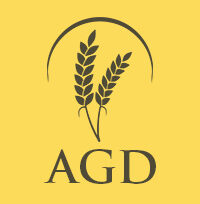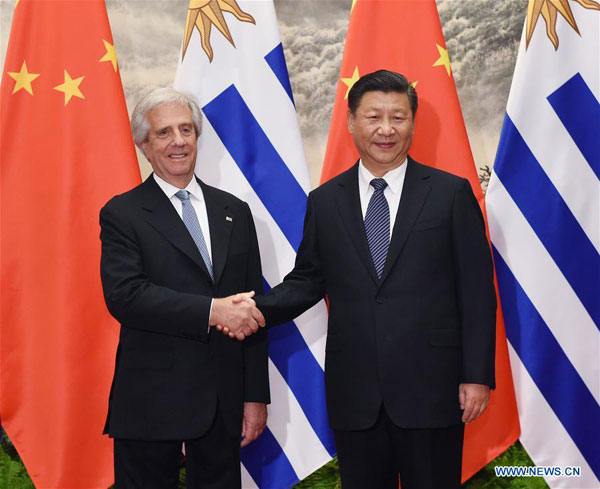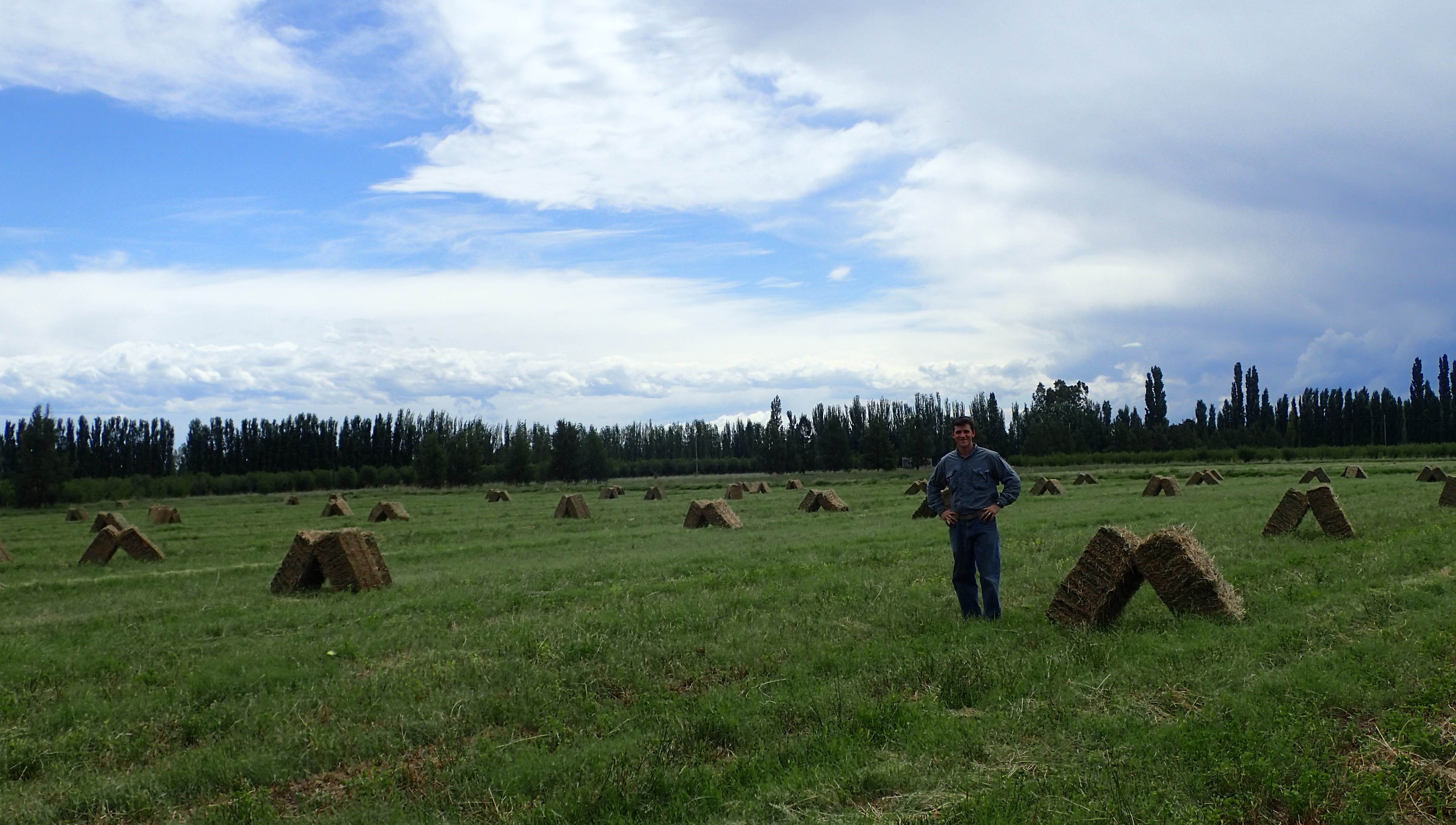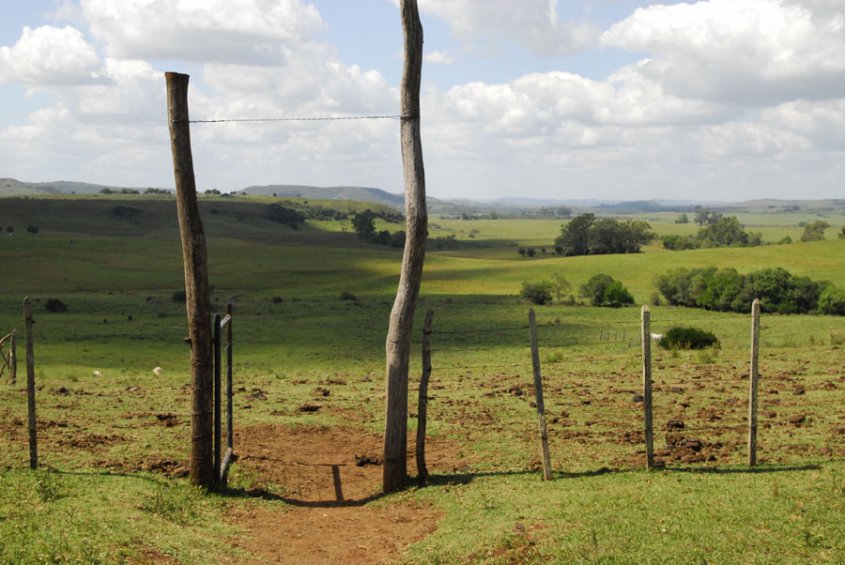Below is an article from WorldFolio about the growing agro-industry in Uruguay and how it’s driving their economy forward. My bold and comments in italics.
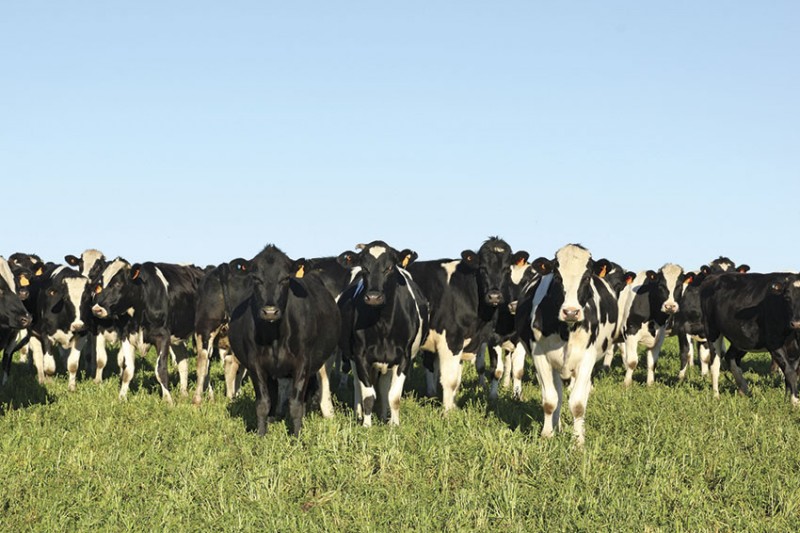
The Minister of Agriculture wants to see the nation of 3 million people produce food for as many as 50 million in the next 15 years. But as Uruguay continues to increase the quantity of exports and reach new markets, it aims to maintain the high quality for which its agricultural and meat products are renowned (I think this will be the biggest challenge for Uruguay in their efforts to meet this goal: scale accordingly while maintaining high quality standards; something they’re world-renowned for).
Financial experts have long been bullish over the state of Uruguay’s economy, praising the nation for developing a strong institutional framework that has helped it weather external shocks.
Last year the World Bank categorized Uruguay’s macroeconomic policy as “prudent,” though the global finance overseer expressed concerns over “relatively high” debt and an export system that is based largely on connections to other countries in the region ( It should be noted that Uruguay’s national debt decreased by nearly $500M USD from Q1 to Q2 2016. This connection with other countries in the region doesn’t have to be seen as a completely negative characteristic, especially since Uruguay is the world’s 4th and 6th largest exporter of rice and soybeans respectively. Their beef products also export to over 150 world markets, speaking to their reach beyond LatAm). With this in mind, officials in Uruguay have expressed a desire to widen the reach of its agriculture industry outside of its neighboring states.
“Uruguay is a country that in 2005 produced food for 9 million people, and we were a country of 3 million,” says Uruguay’s Minister of Agriculture Tabaré Aguerre. “Today we produce food for 28 million people, and we are still 3 million. My goal is to produce food for 50 million people in 15 years.” (That’s a 3x increase in food production in just 11 years. All they have to do to reach 50 million is double again in 15 years. I think this is absolutely feasible).
According to Mr. Aguerre, 55% of Uruguay’s industrial output is made up of agro-industries, along with 47% of all industrial sector jobs. The agriculture minister explained this relative leg-up on the competition was due in part to Uruguay’s place in the world and a wide range of recent changes in Uruguay’s economy.
“In the same way that investment have increased, the rate of exportation has also increased from Uruguay. Uruguay tripled the value of its exports, not in volume, but rather in value. We are a country that exports close to $10 billion in goods and services, with 80% of those being goods. And inside of that 80%, 78% of the exports are agriculture or livestock or agro-industry,” Mr. Aguerre says.
“Uruguay has comparative natural advantages, but beyond these, we have developed intelligent competitive advantages by improving genetics, the production system, research […] the national seed certification program [or] the national quality fertilizer program.” (This tells me Uruguay is doing more than just resting on the laurels of their God-given agricultural land. They’re innovating and adapting; a sign that their success in agriculture will continue).
Originally made agriculture minister in 2010, Mr. Aguerre has made a career as an agronomist researching everything from rice cultivation to cattle breeding in Uruguay. He was recently reappointed to the role in 2015 by Uruguayan President Tabaré Vazquez.
“That is how we are taking advantage of the window of opportunity that the decade from 2005 to 2015 gave us. [It has been] a time of great structural transformation in the world, particularly in the world of food production.”
Mr. Aguerre also highlighted an accelerated process of economic convergence during that time period, when “the growth rate for developed countries [was] less than the growth rate for developing countries.” (Once this gap closes, maybe completely, many international investors will begin to realize the underutilized value of agricultural land in Uruguay and LatAm, writ large. When that happens, expect land prices in Uruguay to rise with a growing investor sentiment. Get in early while prices are still good).
Because of that, he said, “the gap between the two is continuing to close.”
Executives in Uruguay have also pointed to the agricultural industry as a source of advantages in the world of business and economics.
“A few years ago, after several attempts to identify which would be the economic sectors that would push Uruguay to development, it was reconfirmed that the agro-industry was an extremely important for the economy of this country. The sector is not seasonal, gives activity the whole year and also invigorates other complementary sectors such as transport, or retail,” says Gastón Scayola, Vice President of Frigorífico San Jacinto NIREA S.A., a meat producer and exporter located in Montevideo. (Uruguay’s predictable, year-round rainfall, geographic location above the world’s largest aquifer, the potential for two crops per year growing cycles, developed land rental market, and limited government intervention also characterizes the strength of Uruguay’s agro-business market).

Left: Tabaré Aguerre, Minister of Agriculture | Right: Álvaro Silberstein, General Manager, Paycueros-Sadesa
“We have a great responsibility in terms of employment and the sector is the answer for most of the growth in the last few years (An understanding of the nation’s responsibility to its people). Obviously other activities such as the financial sector and tourism are also key activities for Uruguay, but our livelihood is agriculture for the long-term bet. In a world where much food will be needed over the coming years, this area of South America is destined to produce more and better.” (The world’s population is expected to reach 9.7 billion people by 2050. That equates to about a 60% increase in food production. I believe Latin American agriculture is poised to not only support this growth trend, but profit from it.)
Frigorífico San Jacinto has billed itself as a producer of high-quality beef products. In September 2015, the company made its first shipment of naturally produced Uruguayan beef certified by the US Department of Agriculture as “Never Ever 3” grade. This marking denotes that the meat is free from antibiotics and growth hormones, a fact which has reportedly helped to consolidate Uruguay’s exports in a market where demand for naturally raised and processed meat is growing steadily. (This is especially true as the demand from US consumers for quality, grass-fed beef continues to rise, e.g. Verde Farms, who get a good portion of their beef from Uruguay).
Mr. Scayola has also lauded Uruguay as a hub of traceability, a system whereby animals are monitored via a microchip attached to their ear. These microchips tell agricultural experts the dates when the animals passed inspection, the place they came from and where they are going. (Uruguayan beef is 100% traceable, meaning every piece of meat from an animal can be traced to its originating farm).
He explains that only a country as small as Uruguay could maintain such a close eye on their cattle and adds that his company has been the recent benefactor of a US decision to allow ovine (sheep) meat on the bone to be exported from Uruguay.
“The United States enabled us [to export] boneless meat a few years ago and now [they] have just approved the entry of meat with bone, thanks to the separation of sheep and cattle in the fields,” he says.
“With regards to sheep, we [have] 30% market share. We are the leading company and the one that has been the most aggressive in developing new markets and producing premium meat. San Jacinto are the only US enabled sheep plant.”
“It means a lot to get into the United States. [We can] enter the US market and fight with Australia, but also, once the United States approves the original mechanism theme compartment, immediately there is a high probability that Canada and Mexico [will also start accepting our goods], and that process can also open Europe. So we have many fronts and the United States is the first step of many.” (They understand the importance of needing to reach beyond the markets in their immediate vicinity into the global stage).
Executives elsewhere in Uruguay also highlighted a need to make the nation a more lucrative player in international trade. Álvaro Silberstein, General Manager of Paycueros-Sadesa, a leather exporter based Paysandú in western Uruguay, says that the country must specifically focus on agro-industry productivity.
“We have always considered that Uruguay should grow by relying on its export sector,” Mr. Silberstein says.
Founded in 1948, Paycuwas created with a “vision” that would advance exportation. As a part Sadesa, one of the leading group of tanners in the world, the company specialized in high-quality leather production for some of the “most prestigious” companies around the globe.
Mr. Silberstein explains the factors behind the quality of the hides the company uses.
“Meat companies operating in Uruguay are the largest exporters. Many also sell in the local market but they are basically exporters. Therefore, they are very technologically up to date. That makes the extraction of hides very precise – all machining and no knife. The hides are removed very healthily and that is also very important for us,” Mr. Silberstein says.
“In addition, because of the type of pasture we have and the type of production that is done, hides do not suffer as much as in tropical areas, where problems can affect the value of the material. That makes Uruguayan and Argentinian hides a sought after commodity in the world.”
Today the company boasts offices on five continents and a global export network that spans from South America to Asia. (Again, a global reach)
“Our vocation is as an exporter. In the case of hides, Uruguay does not have a market of significant consumption, and therefore the strategy is to add value to domestic raw materials and export them to the world.
“This new situation of slower growth should be seen as a new opportunity to re-look at export markets, and how to create the conditions for growth based on those exports. We have the conditions to do so because we have raw materials that will continue to be demanded around the world, and the ability to convert and add value that may be appropriate for the country through exports.” (China is also a strong market for Uruguay’s sheep and beef products)
However, others have urged an element of caution in Uruguay’s long-term export strategy. According to a study by the Observatory of Economic Complexity, Uruguay’s annual exports amount to more than $9 billion, with agro-industry staples like bovine meat, rice and soybeans being the largest export earners. The main importers of these Uruguayan goods are neighboring Brazil and Argentina, along with the US and China.
Industry insider William Johnson says this dependency on importing nations makes keeping a wary eye on economic activity outside of Uruguay crucial. (Agreed, but not a limiting factor, especially if Uruguay can continue to build their quality leather and sheep-meat markets up to the current levels of their beef products).
“Our goal is to eventually get to a point where we are not only exporting [material], but we want to add value [too],” he adds.
“We are a services country and we have to be tied a bit to the forces that guide the world.
“When Argentina goes off the rails, we have to look to our side to Brazil. When Brazil goes off the rails, we have to look to our side to Argentina. And when both are off the rails, it’s when we suffer big problems. We can’t export so much and then let sales and production fall. Because we are such a small country it’s difficult to compete in the rest of the world without the support of Argentina and Brazil.”
